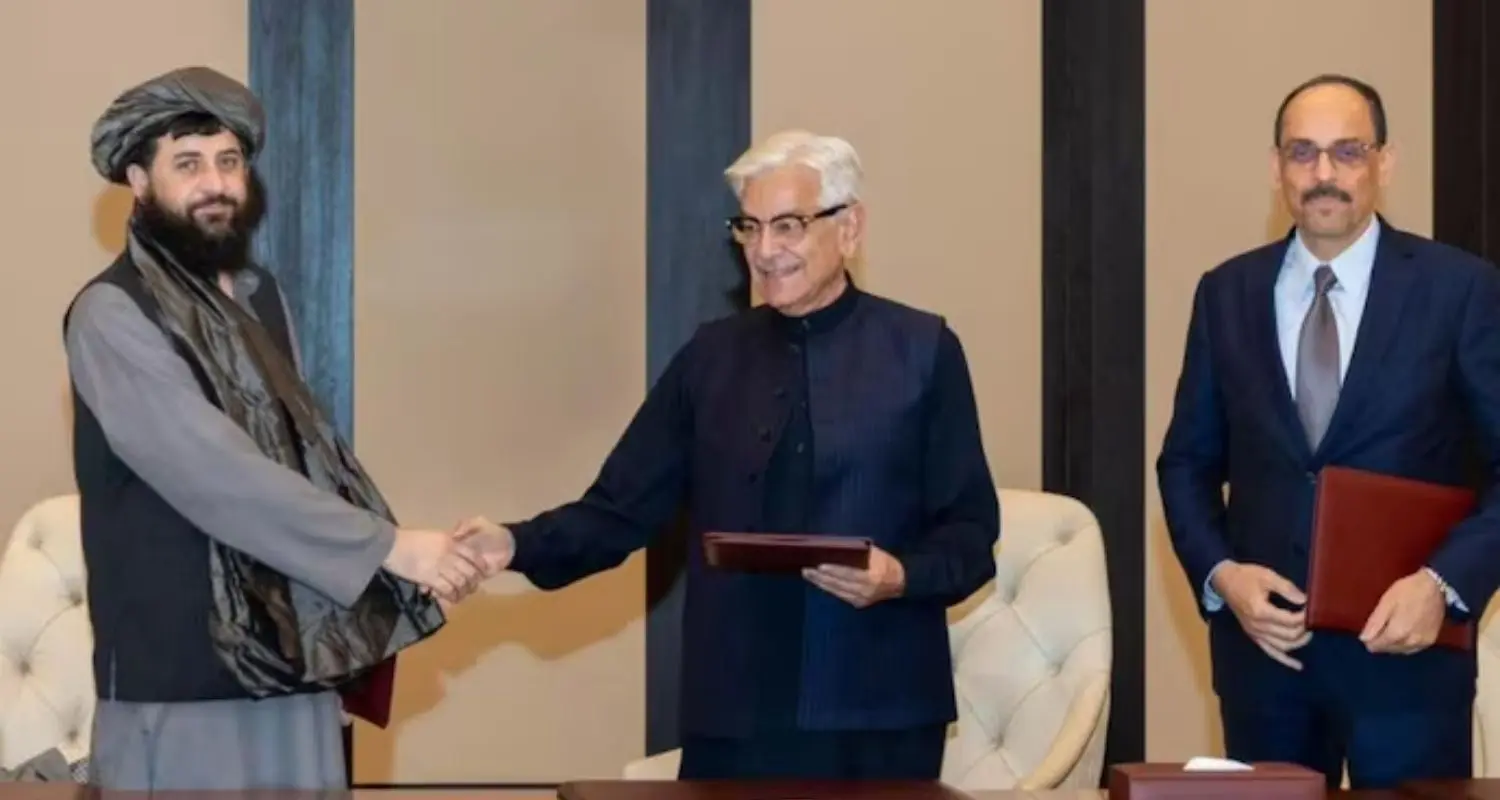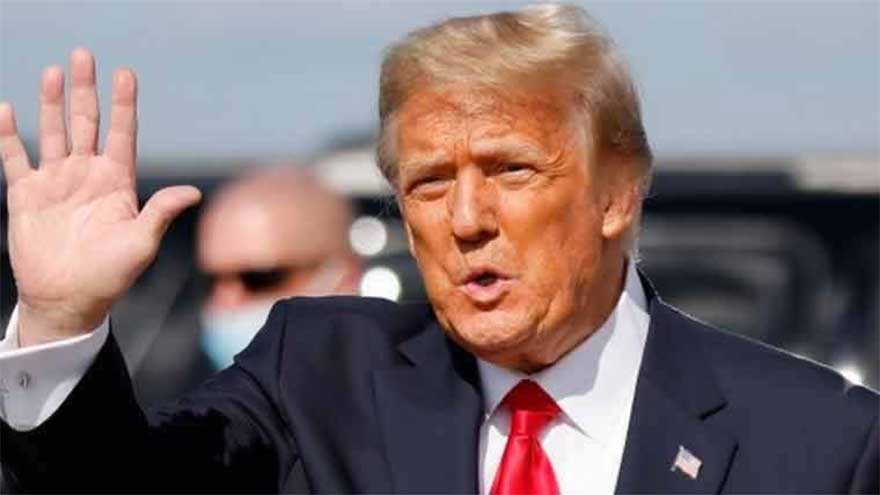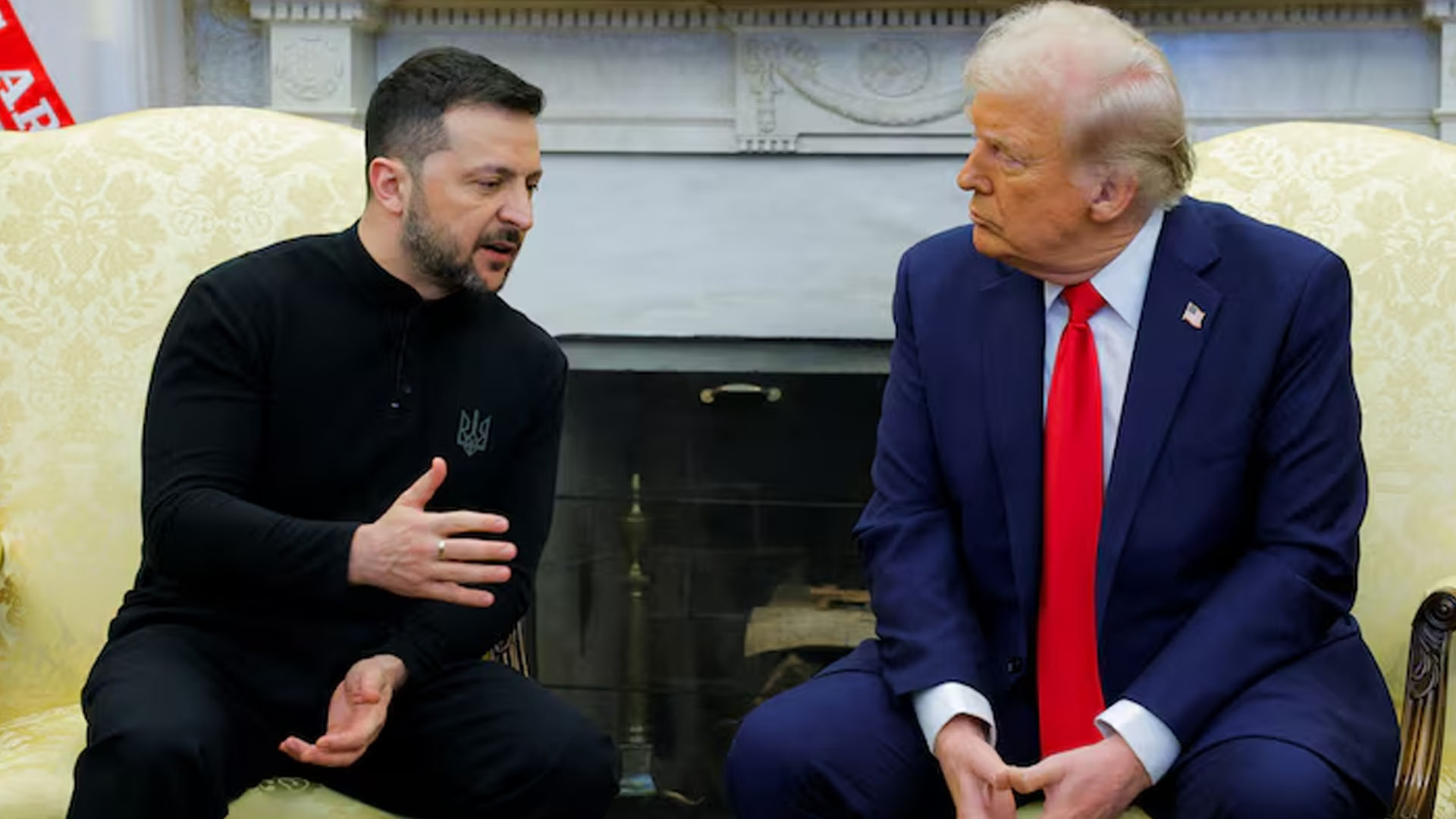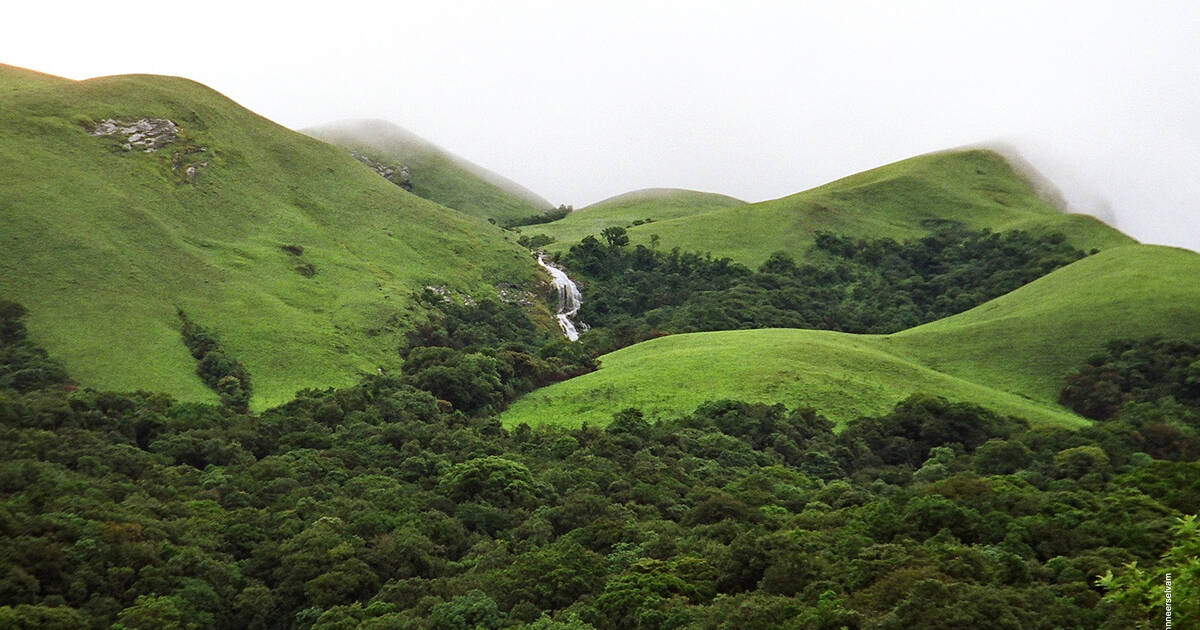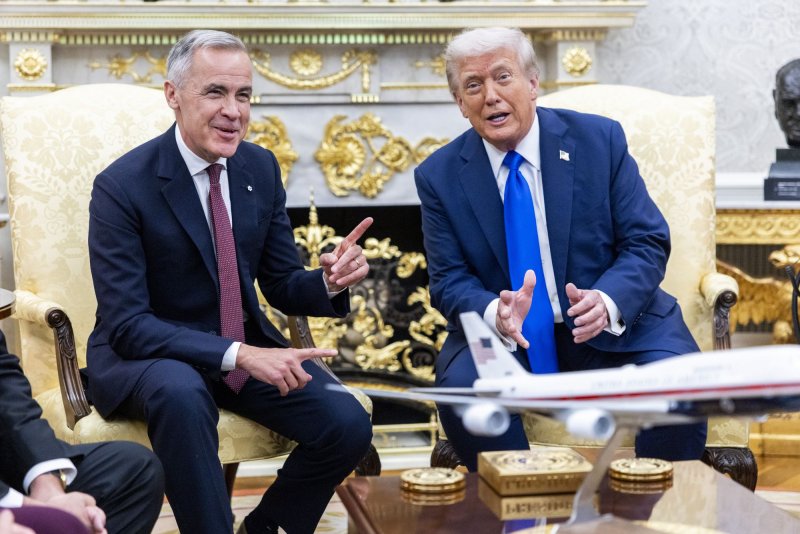Is India Winning the War Against Maoists? LWE Conflict in Decline After Decades of Bloodshed
- bypari rathore
- 02 August, 2025
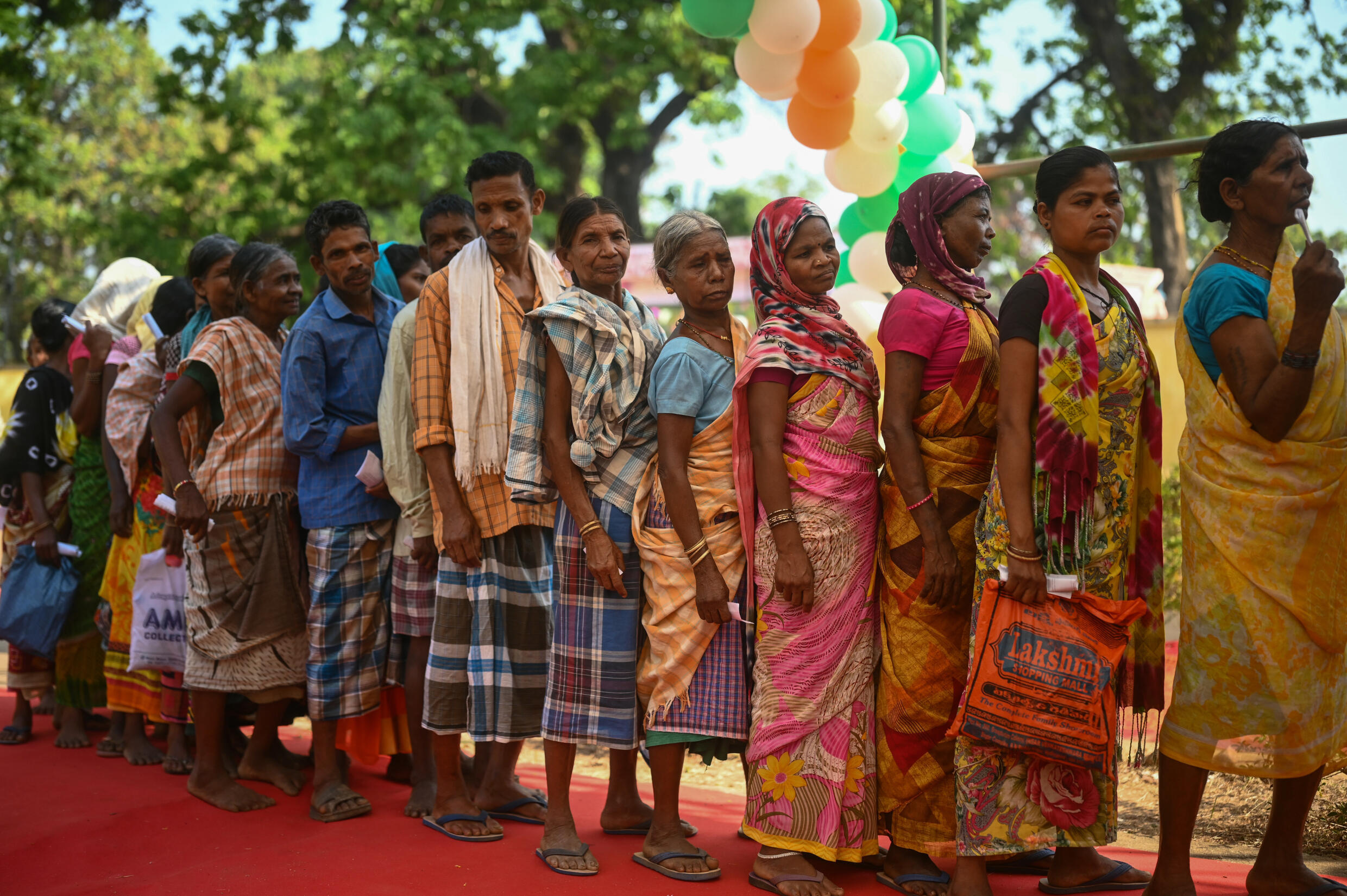
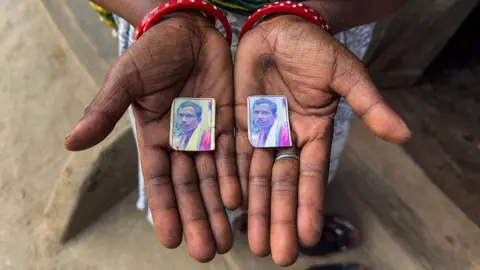
India’s Maoist Insurgency Weakening After Decades of Bloodshed, But Deep-Rooted Challenges Persist
By [Your Name] | May 28, 2025
New Delhi – After decades of armed conflict that has claimed nearly 12,000 lives since 2000, India appears to be gaining the upper hand in its long-running war against Maoist insurgents. But experts warn that the insurgency’s root causes—land dispossession, tribal marginalization, and rural poverty—remain unresolved.
The movement, formally known as Left-Wing Extremism (LWE), traces its ideological roots to a 1946 peasant uprising in Telangana and took organized shape in 2004 with the formation of the Communist Party of India (Maoist).
For years, the Maoist rebels operated across a wide swath of central and eastern India, known as the “Red Corridor”, waging guerrilla warfare against Indian security forces and targeting government infrastructure. They claim to fight for the rights of Adivasis (indigenous tribes) and the rural poor, citing decades of state neglect and aggressive land acquisition policies.
Declining Violence, Shrinking Reach
According to data from the South Asian Terrorism Portal, Maoist-related violence has fallen sharply over the past decade. Government reports indicate that:
LWE incidents have dropped by more than 70% since 2010.
The number of affected districts has declined from 200+ to fewer than 50.
Many top Maoist leaders have been neutralized in targeted operations.
Security forces have credited improved intelligence, advanced surveillance technologies, and infrastructure development—particularly roads and mobile networks—for pushing rebels out of their strongholds.
A Shifting Battleground
Despite the overall decline, violence persists in certain areas of Chhattisgarh, Jharkhand, and Odisha, where Maoists continue to ambush paramilitary forces and disrupt development projects. Just last month, an IED blast in Sukma district killed five Central Reserve Police Force (CRPF) personnel.
Human rights groups caution that aggressive counterinsurgency tactics—allegations of fake encounters, arbitrary arrests, and civilian harassment—risk deepening resentment among tribal communities.
The Road Ahead
While the Indian government has made clear military gains, analysts argue that a lasting solution requires more than firepower.
“The state has narrowed the Maoists’ physical territory, but unless it delivers real justice on land rights and tribal autonomy, the ideology will survive,” said Dr. Anjali Rao, a sociologist at Delhi University.
The Ministry of Home Affairs has recently announced new welfare schemes for tribal populations in affected regions, including skill development and forest land title reforms. Whether these policies will win hearts and minds remains to be seen.
Note: Content and images are for informational use only. For any concerns, contact us at info@rajasthaninews.com.
"Peter Dutton Affirm...
Related Post
Hot Categories
Recent News
Daily Newsletter
Get all the top stories from Blogs to keep track.




